Lycopene
Lycopene (from the neo-latin lycopersicum, the tomato species) is a bright red carotenoid hydrocarbon found in tomatoes and other red fruits and vegetables, such as red carrots, watermelons, grapefruits, and papayas. Although lycopene is chemically a carotene, In plants, algae, and other photosynthetic organisms, lycopene is an intermediate in the biosynthesis of many carotenoids, including beta-carotene, which is responsible for yellow, orange, or red pigmentation, photosynthesis, and photoprotection. Like all carotenoids, lycopene is a tetraterpene. It is insoluble in water. Eleven conjugated double bonds give lycopene its deep red color. Owing to the strong color, lycopene is useful as a food coloring
Send Enquiry
Lycopene (from the neo-latin lycopersicum, the tomato species) is a bright red carotenoid hydrocarbon found in tomatoes and other red fruits and vegetables, such as red carrots, watermelons, grapefruits, and papayas. Although lycopene is chemically a carotene, In plants, algae, and other photosynthetic organisms, lycopene is an intermediate in the biosynthesis of many carotenoids, including beta-carotene, which is responsible for yellow, orange, or red pigmentation, photosynthesis, and photoprotection. Like all carotenoids, lycopene is a tetraterpene. It is insoluble in water. Eleven conjugated double bonds give lycopene its deep red color. Owing to the strong color, lycopene is useful as a food coloring
Related Products
-
Get Quote
Green Coffee Extract
Green coffee extract is an extract of unroasted, green coffee beans. It is used in the swiss water process for decaffeinating coffee. It has also been used as a weight-loss supplement and as an ingredient in other weight-loss products
-
Get Quote
Ashwagandha
Withania somniferous, known commonly as ashwagandha, indian ginseng, poison gooseberry, or winter cherry, is an annual evergreen shrub in the solanaceae or nightshade family that grows in india, although thought to be useful as a medicinal herb in ayurveda and sold in many countries as a dietary supplement

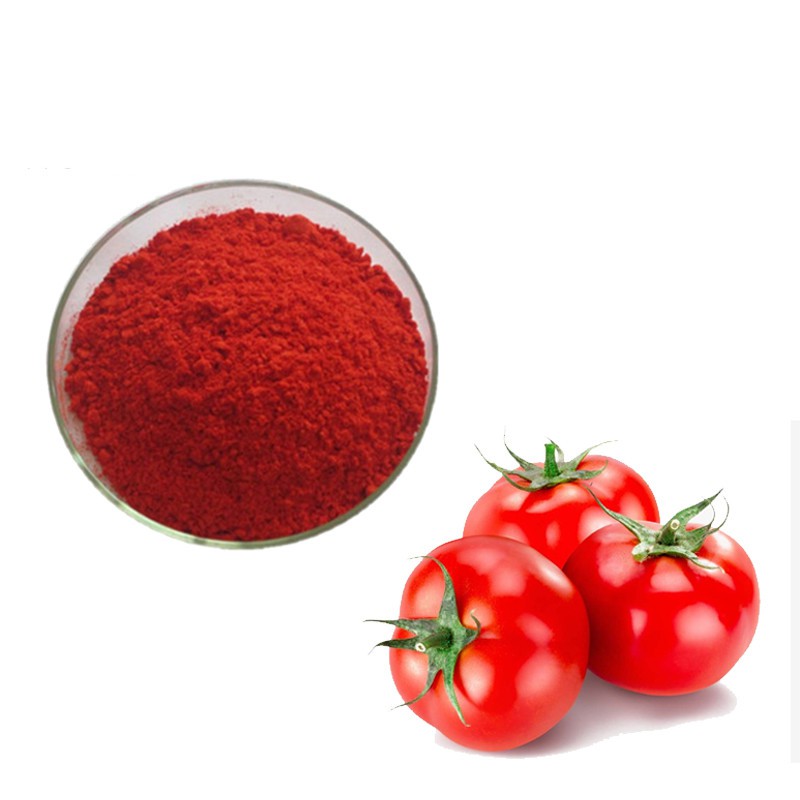
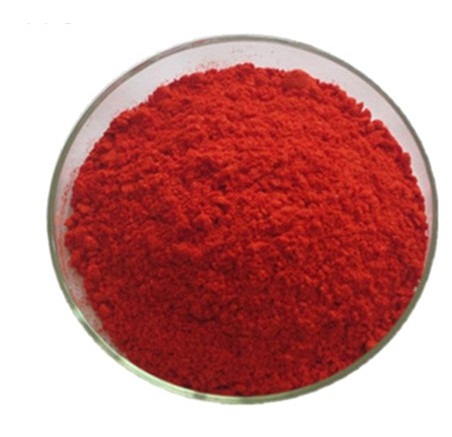
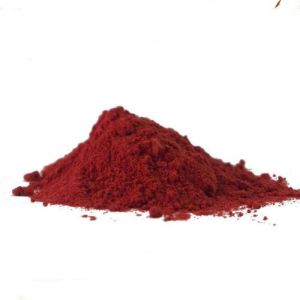
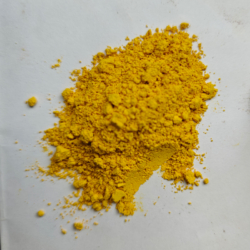
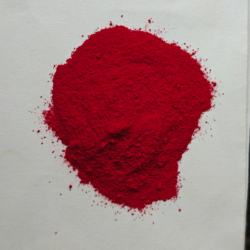
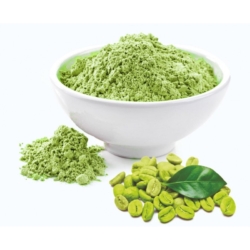
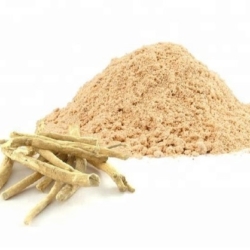
Reviews
There are no reviews yet.